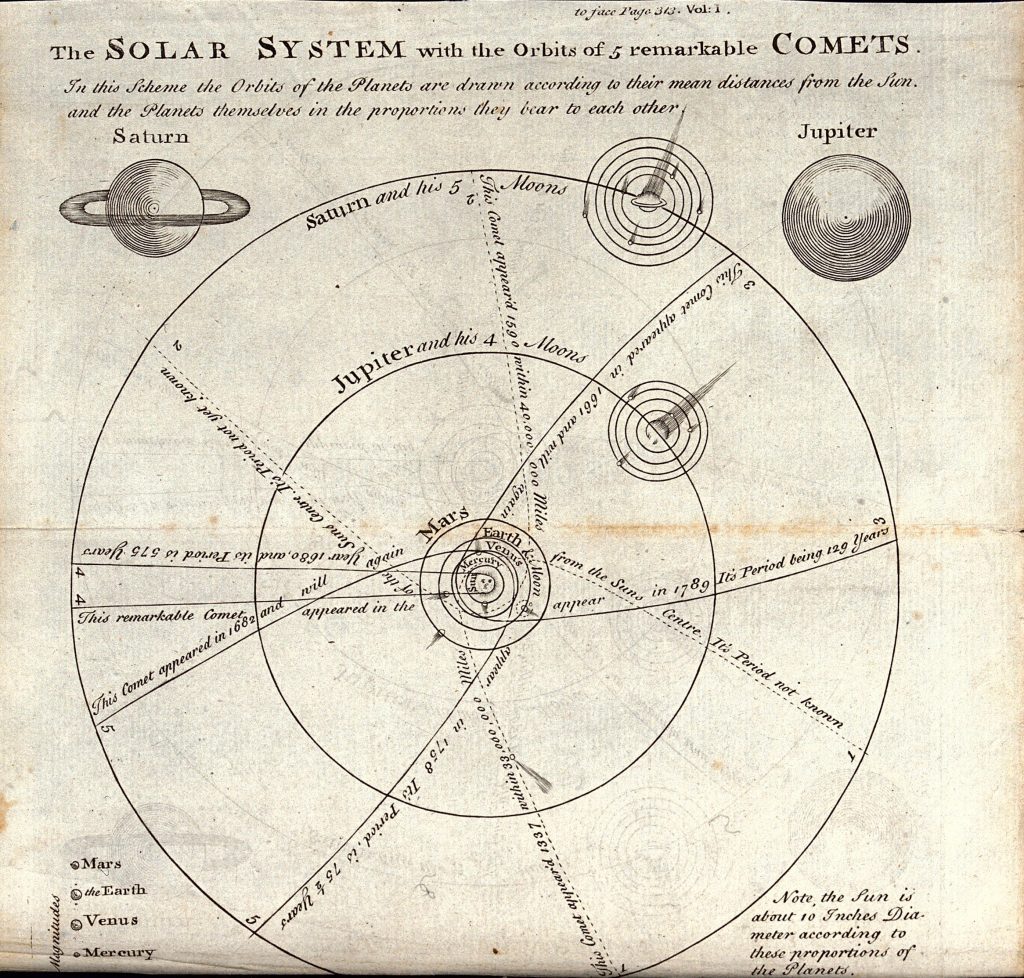In a way, the Early Modern Graphic Literacies project begun two years ago when our first research plan for this project was written. But our team has been interested in the interaction between the verbal and visual elements on the page for longer than that. This post takes a look at a selection of our previous work that led to the EModGraL project.

The verbal and the visual
Together with a team of colleagues, Matti Peikola and Mari-Liisa Varila examined copies of the English Polychronicon in manuscript and print in an exploratory paper testing our ‘pragmatics on the page’ approach (2013).1 This pilot study compared the varying visual forms of text employed in different copies (or utterances) of the same work. We explored four different strategies of highlighting text: “changing its colour, increasing or reducing its size, using a different style than that of its immediate environment, and positioning it in a location where it stands out from the body text” (Carroll & al., p. 57). We also looked at the use of initials, borders, and paraphs.
The pilot study inspired us to organise a workshop in Turku called ‘Linguistics meets book history: Seeking new approaches’ in 2014. The workshop brought together an international group of scholars interested in the intersection of linguistics and book history as well as the interaction between the verbal and the visual on the manuscript and printed page – and beyond. The workshop led to the publication of a themed edited volume in 20172 with an introduction by the editors examining the vocabulary used to study visual and material features.3
Individual team members have also discussed the interplay of verbal and visual elements in different kinds of primary materials. For example, Peikola (2011) discusses the transmission of Middle English tables of lessons and explores the spatial challenges of copying texts formatted as tables.4 Varila’s PhD dissertation on the transmission of scientific and utilitarian writing (2016) also touches upon copying tables and diagrams.5 Aino Liira conducted a thorough survey of the verbal and visual presentation of the Polychronicon in her PhD dissertation (2020).6
These previous explorations of the transmission of graphic devices and the interaction between the verbal and the visual partly inspired the Early Modern Graphic Literacies approach. Another important starting point for EModGraL is the team members’ work on paratext and metadiscourse.
Paratext and metadiscourse
Together with Prof. Dr. Birte Bös, Peikola recently edited a volume focused on paratext, metadiscourse and framing7 in which Varila also contributed a chapter on 16th-century book producers’ comments on text-organisation.8 Sirkku Ruokkeinen and Aino Liira’s recent article (2019) highlights the importance of material practices for paratextual theory.9 The team members’ joint article (2020) on Christopher St German’s Doctor and Student examines the changes and continuities of the paratextual frame of a single work in editions published 1528–1886.10
In EModGraL, the team will study metadiscourse related to graphic devices, for example captions and other instructions for the reader/user. Our previous work on paratext and metadiscourse inspired this line of questioning and will help us identify and analyse such passages.
…and beyond
Our previous work gives us a starting point, but we have a lot to learn. In addition to historical linguistics and book studies, insights from fields such as diagram studies, digital humanities, and history of science (to name a few) will inform our work. We look forward to discussing the history of graphic devices with scholars from different fields as the project progresses!
Mari-Liisa Varila | Twitter: @mlvarila
